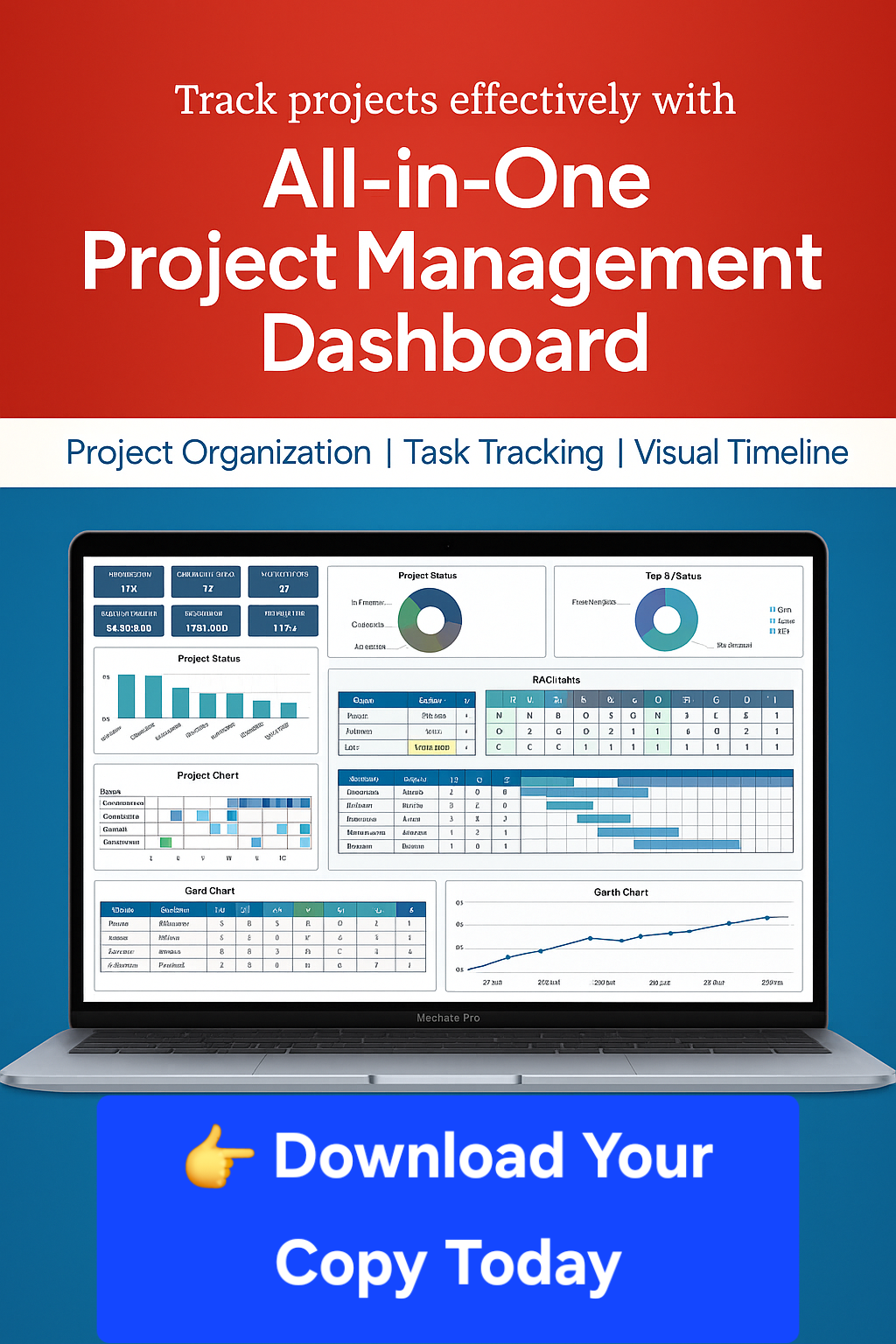Description
Developing insights about your organization, business, or research project depends on effective modeling and analysis of the data you collect. Building effective models requires understanding the different types of questions you can ask and how to map those questions to your data. Different modeling approaches can be chosen to detect interesting patterns in the data and identify hidden relationships.
This course covers the types of questions you can ask of data and the various modeling approaches that you can apply. Topics covered include hypothesis testing, linear regression, nonlinear modeling, and machine learning. With this collection of tools at your disposal, as well as the techniques learned in the other courses in this specialization, you will be able to make key discoveries from your data for improving decision-making throughout your organization.
In this specialization we assume familiarity with the R programming language. If you are not yet familiar with R, we suggest you first complete R Programming before returning to complete this course.
What you will learn
Modeling Data Basics
Developing insights about your organization, business, or research project depends on effective modeling and analysis of the data you collect. Building effective models requires understanding the different types of questions you can ask and how to map those questions to your data. Different modeling approaches can be chosen to detect interesting patterns in the data and identify hidden relationships.
Inference
Inferential Analysis is what analysts carry out after they’ve described and explored their dataset. After understanding your dataset better, analysts often try to infer something from the data. This is done using statistical tests. We discussed a bit about how we can use models to perform inference and prediction analyses. What does this mean?
Linear Modeling
Linear models are the most commonly used models in data analysis because of their computational efficiency and their ease of interpretation. Having a solid understanding of linear models and how they work is critical for any work in data science. The tidyverse provides a set of tools for making linear modeling more efficient and streamlined.
Multiple Linear Regression
Multiple linear regression is needed when you want to include confounding factors or other predictors in your model for the response. R provides a straightforward way to do this via the formula interface to the lm() function.






